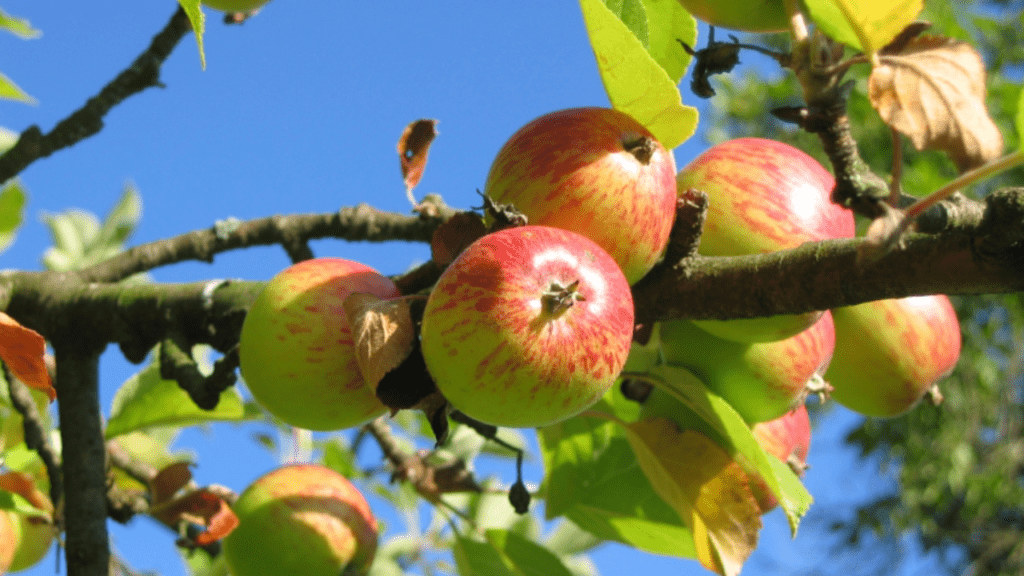
Growing Your Own: A Guide to Cultivating Urban Apple Trees
Growing your own apple trees in an urban environment can be a rewarding and fruitful experience. With the right knowledge and techniques, you can enjoy the beauty and bounty of apple trees right in your own backyard or balcony. In this post, we will walk you through the process of cultivating urban apple trees, from choosing the right variety to maximizing fruit production in limited space. Whether you’re a beginner or an experienced gardener, this guide will provide you with all the information you need to successfully grow your own urban apple trees.
Urban gardening is becoming increasingly popular as people seek to reconnect with nature and enjoy the benefits of growing their own food. Apple trees are a great addition to any urban garden, providing not only delicious fruit but also adding beauty and greenery to your outdoor space. When it comes to cultivating apple trees in an urban environment, there are a few key factors to consider. First, you’ll need to choose the right variety of apple tree that is suited to your climate and space limitations. Dwarf or semi-dwarf varieties are ideal for small urban gardens as they take up less space and are easier to maintain. Next, you’ll need to ensure that your apple tree receives enough sunlight, as most varieties require at least 6-8 hours of sunlight per day to thrive. Additionally, proper soil preparation, watering, and pruning are essential for the success of your urban apple trees. By following the right techniques and taking care of your trees, you can enjoy a bountiful harvest of fresh, homegrown apples right in the heart of the city. So, if you’re considering growing your own urban apple trees, be sure to do your research and find the best variety for your space, and you’ll be rewarded with a fruitful and satisfying gardening experience.
Table of Contents
ToggleUnderstanding Urban Apple Trees
When it comes to cultivating apple trees in an urban environment, there are a few key factors to consider. First, you’ll need to choose the right variety of apple tree that is suited to your climate and space limitations. Dwarf or semi-dwarf varieties are ideal for small urban gardens as they take up less space and are easier to maintain. Next, you’ll need to ensure that your apple tree receives enough sunlight, as most varieties require at least 6-8 hours of sunlight per day to thrive. Additionally, proper soil preparation, watering, and pruning are essential for the success of your urban apple trees. By following the right techniques and taking care of your trees, you can enjoy a bountiful harvest of fresh, homegrown apples right in the heart of the city. So, if you’re considering growing your own urban apple trees, be sure to do your research and find the best variety for your space, and you’ll be rewarded with a fruitful and satisfying gardening experience.
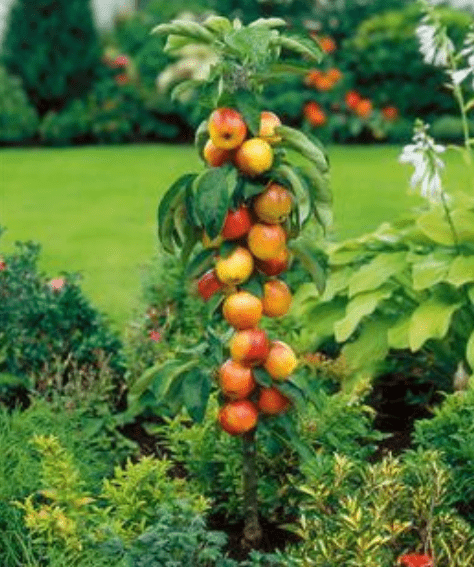
Introduction to Urban Apple Trees
When it comes to cultivating apple trees in an urban environment, there are a few key factors to consider. First, you’ll need to choose the right variety of apple tree that is suited to your climate and space limitations. Dwarf or semi-dwarf varieties are ideal for small urban gardens as they take up less space and are easier to maintain. Next, you’ll need to ensure that your apple tree receives enough sunlight, as most varieties require at least 6-8 hours of sunlight per day to thrive. Additionally, proper soil preparation, watering, and pruning are essential for the success of your urban apple trees. By following the right techniques and taking care of your trees, you can enjoy a bountiful harvest of fresh, homegrown apples right in the heart of the city. So, if you’re considering growing your own urban apple trees, be sure to do your research and find the best variety for your space, and you’ll be rewarded with a fruitful and satisfying gardening experience.
Benefits of Urban Apple Trees
When it comes to cultivating apple trees in an urban environment, there are a few key factors to consider. First, you’ll need to choose the right variety of apple tree that is suited to your climate and space limitations. Dwarf or semi-dwarf varieties are ideal for small urban gardens as they take up less space and are easier to maintain. Next, you’ll need to ensure that your apple tree receives enough sunlight, as most varieties require at least 6-8 hours of sunlight per day to thrive. Additionally, proper soil preparation, watering, and pruning are essential for the success of your urban apple trees. By following the right techniques and taking care of your trees, you can enjoy a bountiful harvest of fresh, homegrown apples right in the heart of the city. So, if you’re considering growing your own urban apple trees, be sure to do your research and find the best variety for your space, and you’ll be rewarded with a fruitful and satisfying gardening experience.
Challenges of Urban Gardening
Urban gardening can be a rewarding experience, but it also comes with its challenges. One of the main challenges is limited space. Urban areas often have limited outdoor space, making it difficult to find a suitable place to grow plants and trees. Additionally, urban environments can have poor soil quality and limited access to natural resources, such as sunlight and water. Pollution and other environmental factors can also pose challenges for urban gardeners. However, with proper planning, research, and the right techniques, these challenges can be overcome. It’s important for urban gardeners to choose the right plants and trees that are well-suited to their specific environment and to implement proper care and maintenance practices. By doing so, urban gardeners can enjoy the benefits of fresh, homegrown produce and a connection to nature right in the heart of the city.
Selecting Suitable Apple Varieties for Urban Gardens
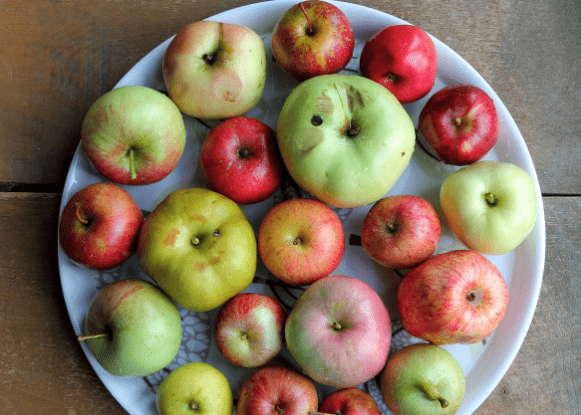
Considerations for Variety Selection
When it comes to selecting apple varieties for urban gardens, there are a few important considerations to keep in mind. First, it’s important to choose a variety that is well-suited to the specific climate and growing conditions of the urban environment. Some varieties may be more resistant to pollution or better able to cope with limited sunlight or poor soil quality. Additionally, it’s important to consider the size of the tree and the space available for growing. Dwarf or semi-dwarf varieties may be better suited to smaller urban spaces. Finally, consider the flavor and uses of the apples – whether you want them for fresh eating, baking, or cider making. With the right variety selection, urban gardeners can enjoy the benefits of homegrown apples right in their own backyard.
Dwarf and Semi-Dwarf Varieties
are ideal for urban gardens because they take up less space and are easier to manage. These smaller varieties are perfect for smaller yards or even for growing in containers on balconies or patios. Dwarf and semi-dwarf trees also tend to produce fruit sooner than standard-sized trees, which means urban gardeners can enjoy homegrown apples in a shorter amount of time. Additionally, these smaller trees are easier to prune, harvest, and maintain, making them a practical choice for urban gardeners with limited time and space. Overall, choosing dwarf or semi-dwarf apple varieties is a smart choice for urban gardeners who want to enjoy the benefits of fresh, homegrown apples in their city environment.
Pollination Requirements
are an important consideration when it comes to growing apple trees. Most apple varieties require cross-pollination with another apple tree in order to produce fruit. This means that you will need at least two different apple trees in close proximity to each other in order for them to pollinate each other and produce apples. Be sure to choose apple tree varieties that are compatible with each other in terms of pollination, or consider planting a self-pollinating variety if space is limited. Additionally, consider the bloom time of the apple trees to ensure that they will be in bloom at the same time and able to cross-pollinate. By carefully considering the pollination requirements of apple trees, you can ensure a successful harvest of delicious, homegrown apples in your urban garden.
Site Selection and Preparation
Choosing the Right Location
When it comes to growing apple trees, choosing the right location is crucial. You’ll want to select a sunny spot with well-drained soil to ensure the best growing conditions for your trees. If you’re limited on space, consider dwarf or semi-dwarf apple tree varieties, as they tend to produce fruit sooner and are easier to maintain and harvest. Additionally, be mindful of the pollination requirements of apple trees and make sure to select varieties that are compatible with each other or consider planting a self-pollinating variety. By carefully considering these factors, you can set yourself up for a successful and rewarding apple harvest in your urban garden.
Soil Preparation
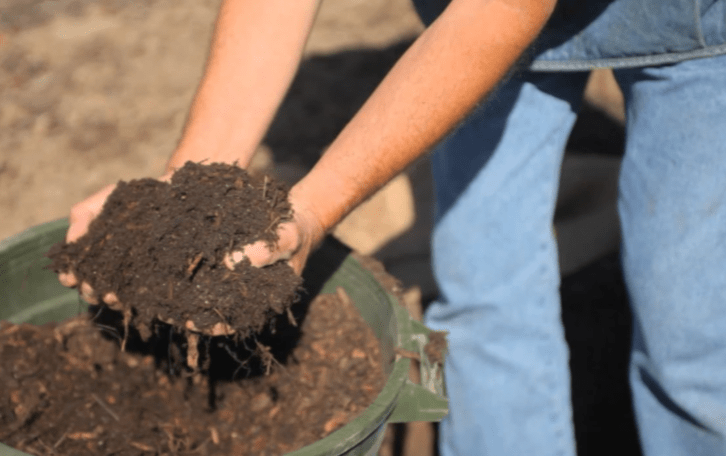
is essential for the successful growth of apple trees. Before planting, it’s important to test the soil’s pH levels to ensure that it is within the optimal range for apple tree growth. If necessary, you can amend the soil by adding organic matter, such as compost, to improve its structure and fertility. Additionally, ensure that the soil is well-drained to prevent waterlogged conditions, which can be detrimental to the roots of the apple trees. By taking the time to properly prepare the soil, you can create an ideal growing environment for your apple trees and set the stage for a bountiful harvest.
Container Gardening Options
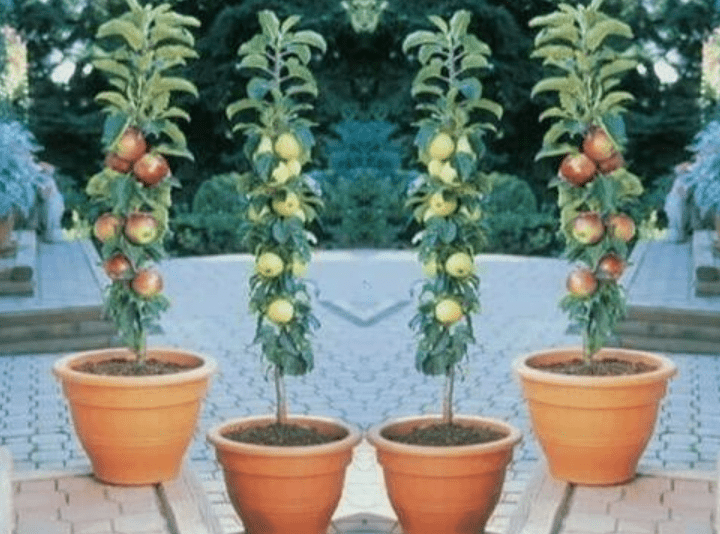
There are several options for container gardening, and it’s a great way to grow fruits and vegetables in a limited space. When it comes to apple trees, you’ll want to select a sunny spot with well-drained soil to ensure the best growing conditions for your trees. If you’re limited on space, consider dwarf or semi-dwarf apple tree varieties, as they tend to produce fruit sooner and are easier to maintain and harvest. Additionally, be mindful of the pollination requirements of apple trees and make sure to select varieties that are compatible with each other or consider planting a self-pollinating variety. By carefully considering these factors, you can set yourself up for a successful and rewarding apple harvest in your urban garden. Soil preparation is also essential for the successful growth of apple trees. Before planting, it’s important to test the soil’s pH levels to ensure that it is within the optimal range for apple tree growth. If necessary, you can amend the soil by adding organic matter, such as compost, to improve its structure and fertility. Additionally, ensure that the soil is well-drained to prevent waterlogged conditions, which can be detrimental to the roots of the apple trees. By taking the time to properly prepare the soil, you can create an ideal growing environment for your apple trees and set the stage for a bountiful harvest.
Planting and Care Guidelines
Planting Time
When it comes to planting apple trees, the timing is crucial for a successful and healthy harvest. The best time to plant apple trees is in the late winter or early spring, when the trees are still dormant. This allows the trees to establish their roots before the growing season begins. It’s important to choose a sunny and well-drained location for planting, as this will provide the ideal growing conditions for the trees. Additionally, be sure to space the trees at least 15-20 feet apart to allow for proper air circulation and sunlight exposure. By following these planting and care guidelines, you can set yourself up for a successful and bountiful apple harvest in the future.
Watering and Fertilization
are crucial aspects of caring for apple trees. It’s important to water young apple trees regularly, especially during dry periods, to help them establish strong roots. As the trees mature, you can reduce the frequency of watering but still ensure they receive enough moisture, especially during the growing season.
In terms of fertilization, it’s beneficial to apply a balanced fertilizer to the soil around the base of the tree in early spring, before new growth begins. This will provide the necessary nutrients for healthy growth and fruit production. Additionally, be mindful of not over-fertilizing, as this can lead to excessive foliage growth at the expense of fruit production.
By following these watering and fertilization guidelines, you can support the health and productivity of your apple trees, ultimately leading to a bountiful harvest of delicious apples.
Pruning and Training
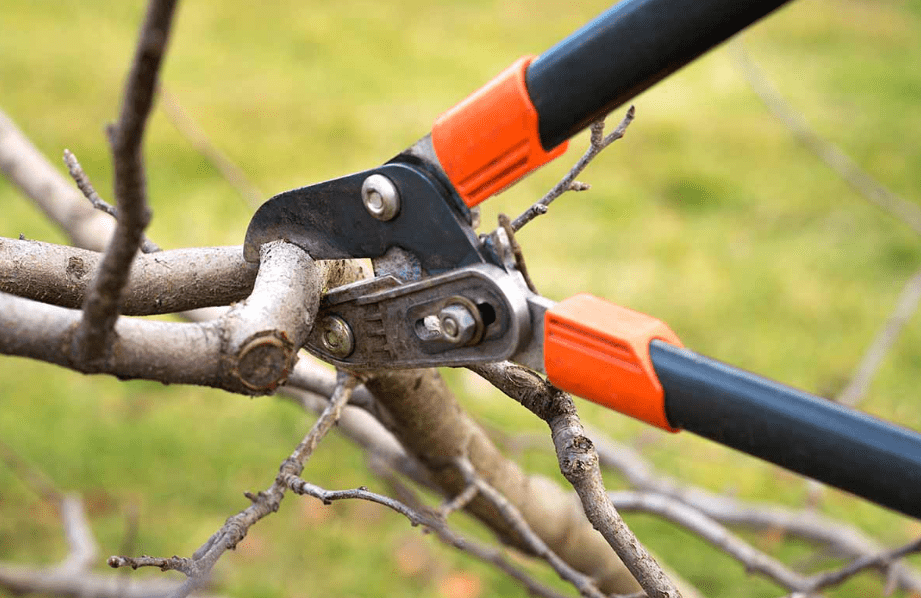
are crucial aspects of caring for apple trees. Proper pruning helps to shape the tree, promote healthy growth, and improve fruit production. It’s important to prune apple trees during the dormant season, removing any dead, diseased, or crossing branches. This helps to improve air circulation and sunlight exposure, reducing the risk of disease and promoting better fruit development. Additionally, training the tree’s growth through selective pruning can help to create a strong framework and encourage the growth of fruit-bearing branches. Be sure to space the trees at least 15-20 feet apart to allow for proper air circulation and sunlight exposure. By following these planting and care guidelines, you can set yourself up for a successful and bountiful apple harvest in the future.
Pest and Disease Management
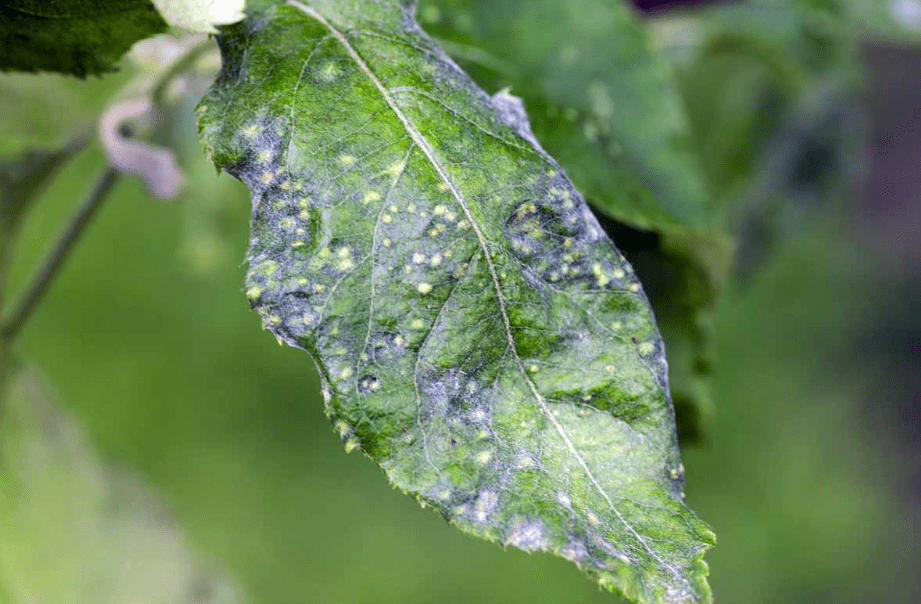
is an important aspect of caring for apple trees. To keep your trees healthy and productive, it’s important to be proactive in managing pests and diseases. One common pest to watch out for is the apple maggot, which can cause damage to the fruit. To manage this pest, you can use traps and insecticides as a preventative measure. Additionally, keep an eye out for signs of diseases such as apple scab or powdery mildew, and treat them with fungicides as needed. It’s also important to practice good sanitation in your orchard by removing fallen leaves and fruit, which can harbor pests and diseases. By implementing these pest and disease management strategies, you can help protect your apple trees and ensure a successful harvest in the future.
Harvesting and Enjoying Urban-Grown Apples
Harvesting Time
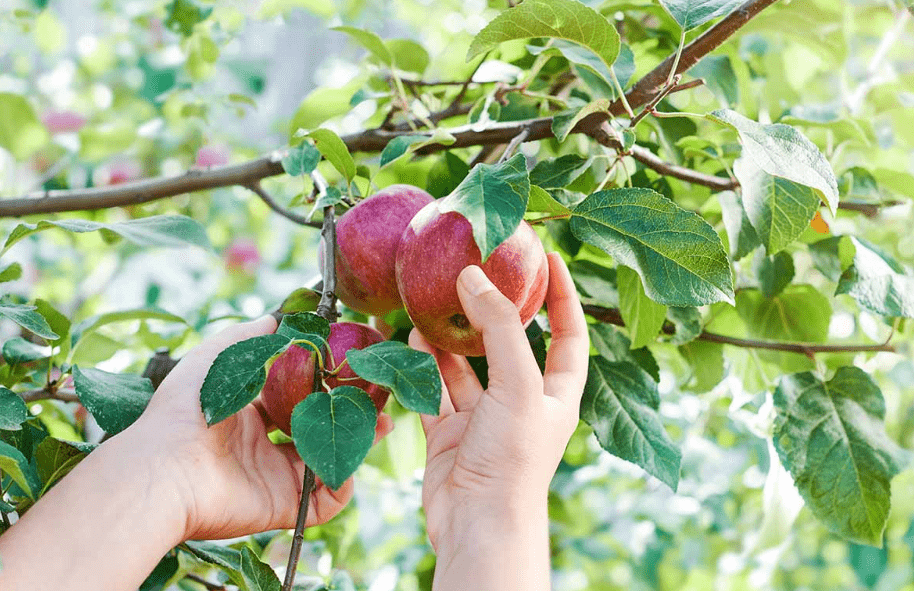
When it comes to harvesting apples, it’s important to keep in mind that timing is key. Apples are typically ready for harvest in the late summer to early fall, depending on the variety. You’ll know that the apples are ready when they are firm and have developed their full color. To pick the apples, hold the fruit in the palm of your hand and gently twist it until it comes off the tree. Be sure to store the apples in a cool, dark place to prolong their shelf life.
Proper pest and disease management is crucial for the health and productivity of your apple trees. Keeping an eye out for pests such as apple maggots and diseases like apple scab is essential. Using traps, insecticides, and fungicides as needed can help prevent and manage these issues. Additionally, maintaining good sanitation in your orchard by removing fallen leaves and fruit can help prevent the spread of pests and diseases.
By following these planting and care guidelines, and implementing effective pest and disease management strategies, you can set yourself up for a successful and bountiful apple harvest in the future.
Storage and Preservation
are important aspects of maintaining the quality of your apples. Once you have harvested your apples, it’s crucial to store them properly to ensure they stay fresh for as long as possible. Apples should be stored in a cool, dark place, such as a cellar or refrigerator, to slow down the ripening process and prolong their shelf life. It’s also important to handle them carefully to avoid bruising, as bruised apples will spoil more quickly.
When it comes to preserving apples, there are various methods you can use, such as canning, freezing, or making apple products like applesauce or apple butter. These methods allow you to enjoy your apples long after the harvest season has ended. Proper storage and preservation techniques will help you make the most of your apple harvest and enjoy delicious apples throughout the year.
Maintaining the health of your apple trees involves being proactive in managing pests and diseases. Keep a close eye on your trees for signs of pests such as apple maggots and diseases like apple scab. Implementing traps, insecticides, and fungicides when necessary can help prevent and manage these issues.
Furthermore, good orchard sanitation is essential in preventing the spread of pests and diseases. This involves removing fallen leaves and fruit, which can harbor pests and diseases, from the orchard. By following these planting and care guidelines and staying diligent in managing pests and diseases, you can help ensure a healthy and productive apple harvest for years to come.
Recipes and Culinary Uses

There are endless ways to enjoy apples in culinary dishes. From apple pie to applesauce, apples can be used in a variety of sweet and savory recipes. They can be baked, sautéed, or even pickled to create delicious meals and treats. You can also use apples to add flavor and sweetness to salads, grilled dishes, and even meat dishes. Apples can be used in both sweet and savory sauces, adding a unique flavor and texture to your meals. Additionally, apple cider and apple cider vinegar are popular ingredients in many recipes and are known for their health benefits. Whether you’re making a dessert, a main course, or a snack, apples can add a delicious and nutritious touch to your dishes. With so many creative options for using apples in your cooking, you can enjoy the fruit of your harvest all year round.
Community and Environmental Benefits of Urban Apple Trees
Community Engagement
Apple trees in urban areas provide numerous benefits to the community and the environment. They can contribute to a sense of community by bringing people together to care for and enjoy the trees. Urban apple trees also provide opportunities for education and engagement with nature, especially for children. Additionally, apple trees can improve air quality, provide habitat for wildlife, and contribute to the overall greenery and beauty of urban spaces. By getting involved in planting and caring for urban apple trees, you can help strengthen your community and contribute to a healthier, more sustainable environment for everyone.
Environmental Impact
Urban apple trees can have a positive impact on the environment. They can help improve air quality by absorbing carbon dioxide and other pollutants, which in turn helps to reduce air pollution. Apple trees also provide habitat and food for urban wildlife, such as birds and insects, contributing to biodiversity in urban areas. Additionally, the greenery provided by apple trees can help reduce the urban heat island effect, where cities are significantly warmer than surrounding rural areas due to human activities. By participating in the planting and care of urban apple trees, you can contribute to a healthier, more sustainable environment for your community.
In conclusion, growing your own urban apple trees can be a rewarding and fruitful experience. By following the tips and advice provided in this post, you can successfully cultivate apple trees in even the smallest of urban spaces. With the right variety selection, proper planting and care, and maximizing fruit production, you can enjoy the taste of homegrown apples right in your own backyard. Happy growing!
Frequently asked questions And Answer
Yes, you can definitely grow apple trees in an urban environment. With the right care and maintenance, apple trees can thrive in urban settings.
Dwarf or semi-dwarf apple tree varieties are best suited for urban environments as they require less space and are easier to maintain.
Apple trees need at least 6-8 hours of direct sunlight per day to produce healthy and abundant fruit.
Regular watering, pruning, and fertilizing are essential for the health and growth of your urban apple tree.
Yes, you can grow apple trees in containers, but it’s important to choose a large enough container and provide proper drainage for the tree to thrive.
It typically takes 2-5 years for an apple tree to bear fruit, depending on the variety and growing conditions.
Yes, planting multiple apple trees can help with cross-pollination and increase fruit yield. Just make sure to space them appropriately to avoid overcrowding.
Common pests and diseases that affect apple trees include aphids, apple maggots, and powdery mildew. It’s important to regularly inspect and treat your trees to prevent infestations.
